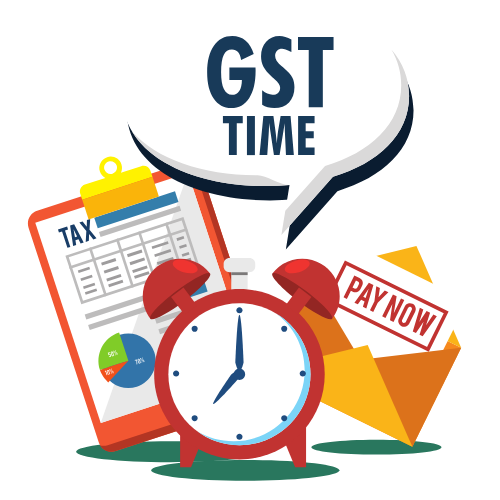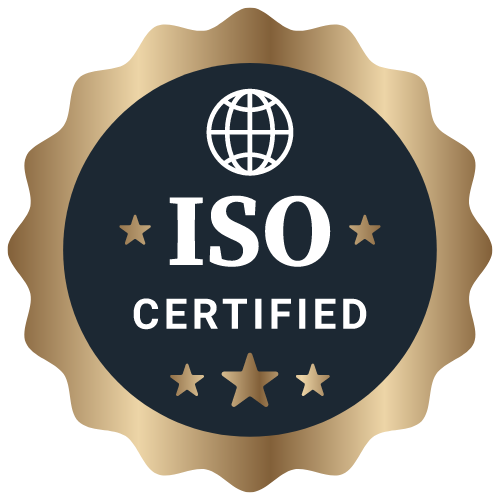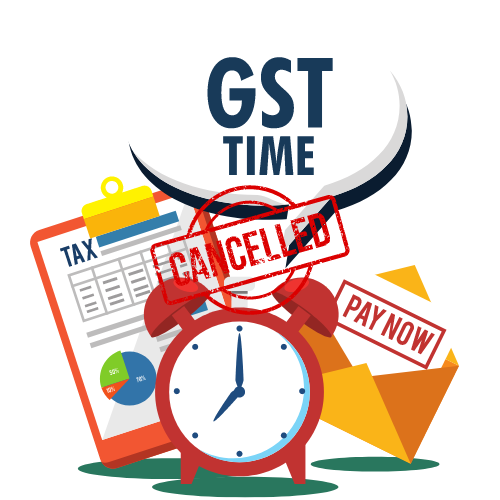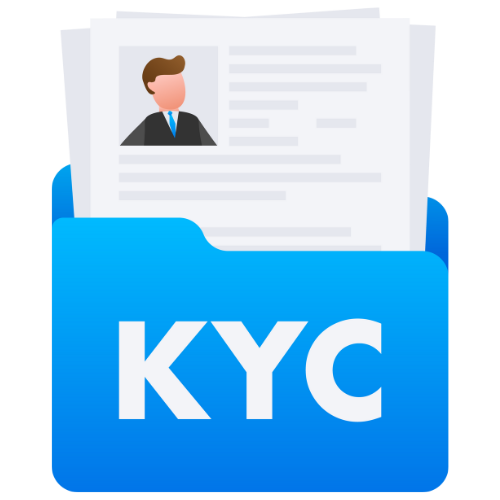Best Practices for Maintaining Compliance with PF and ESIC
Discover the best practices for maintaining compliance with PF and ESIC to ensure your business adheres to regulations and avoids potential penalties. Learn how to stay updated on changes, implement proper record-keeping, and conduct regular audits to safeguard your company's financial health and reputation.
Best Practices for Maintaining Compliance with PF and ESIC
As an employer, it is crucial to ensure that you are maintaining compliance with various statutory regulations such as the Employees’ Provident Fund (PF) and Employees’ State Insurance Corporation (ESIC). Non-compliance with these regulations can lead to hefty penalties and legal consequences. Here are some best practices to help you stay compliant with PF and ESIC:
1. Register with PF and ESIC
The first step towards compliance is to register your company with the Employees’ Provident Fund Organisation (EPFO) and the ESIC. This will enable your employees to avail the benefits provided by these schemes and ensure that you are contributing towards their welfare.
2. Maintain Accurate Records
It is essential to maintain accurate records of all employee details, such as their salary, PF contribution, ESIC contribution, etc. This will help you calculate the amounts to be deducted and deposited correctly, thereby avoiding any discrepancies or penalties.
3. Timely Deposit of Contributions
Ensure that you are depositing the PF and ESIC contributions within the specified due dates. Delayed deposits can attract interest and penalties, increasing your financial burden. Set up reminders or automated systems to ensure timely deposits.
4. Provide Regular Employee Training
Conduct regular training sessions for your employees to educate them about the PF and ESIC schemes, their benefits, and the importance of compliance. This will help in creating awareness and ensuring cooperation from your workforce.
5. Conduct Periodic Audits
Regularly audit your PF and ESIC records to check for any discrepancies or errors. Conducting periodic audits will help you identify and rectify any mistakes before they lead to compliance issues or penalties.
6. Stay Informed about Updates
Keep yourself updated with any changes or updates in the PF and ESIC regulations. Subscribe to official newsletters, attend seminars or webinars, and consult with legal experts to stay informed and compliant with the latest rules.
7. Seek Professional Help
If you are unsure about any compliance requirements or facing challenges in maintaining compliance with PF and ESIC, seek professional help. Consulting with legal or financial experts can provide you with the guidance and support needed to ensure compliance.
8. Respond Promptly to Notices
If you receive any notices or communication from the EPFO or ESIC regarding compliance issues, respond promptly. Ignoring or delaying responses can lead to further complications and penalties. Address the concerns raised and take necessary actions to rectify any non-compliance.
9. Maintain Transparency with Employees
Keep your employees informed about their PF and ESIC contributions, benefits, and any changes in regulations. Maintain transparency in your communication and address any queries or concerns raised by your workforce regarding compliance.
10. Conduct Internal Compliance Checks
Establish internal processes and checks to ensure ongoing compliance with PF and ESIC regulations. Create a compliance checklist, conduct regular audits, and monitor adherence to all statutory requirements to avoid any lapses.
By following these best practices and staying proactive in your approach towards maintaining compliance with PF and ESIC, you can avoid legal hassles and financial penalties. Remember that compliance is not just a legal requirement but also a moral responsibility towards your employees’ well-being and financial security.
Latest Updates
ca4filings.com Services




























-registration.png)



